From 2030, sales of new petrol and diesel cars in the UK will be banned. It’s a huge, game-changing moment that’s less than a decade away, so it’s no surprise that manufacturers are already turning to EVs in earnest.
From being a relative novelty to present nearly everywhere, electric cars are fast creating a revolution. So to make sure you don’t get left behind, we’ve compiled a list of all the EVs that are currently on sale in the UK.
We’ve not included the button number, flight-of-fancy hypercars but instead concentrated on the machines that we’ve driven at Autocar and that you could walk into a dealership today and test drive before putting down your cash (or in Volvo’s case clicking on ‘pay now’ in its virtual online store) before driving away.

It’s probably no surprise that Audi’s first foray into the world of EVs had a very SUV flavour. Available in standard or rakish Sportback guise, the E-tron was deliberately designed to look as ‘normal’ as possible, so as not to put off buyers nervous about its high-tech underpinnings - although its door 'mirrors' that beam pictures to screens in the cabin are fairly futuristic. Comfort is the order of the day, with soft suspension and excellent refinement. All variants feature twin motors and four-wheel drive, while the larger-battery 55 claims up to 252 miles of range. The tri-motor S packs 496bhp, a 0-62mph time of 4.5sec and greater agility.
Sharing its underpinnings with the Porsche Taycan, the E-tron GT is in many respects a better all-round bet than its cousin. Sleek four-door coupé styling helps it stand out, while on the move it effortlessly blends blistering pace and back-road agility with long-distance quietness and comfort for impeccable grand touring credentials. The 637bhp RS version steals all the headlines for raw performance statistics, but with up to 523bhp available in brief spurts of overboost, the standard E-tron GT is no slouch, claiming a 4.1sec 0-62mph time and a longer (298-mile) range. Better still, 800V electrical architecture means an 80% can be achieved in as little as half an hour.


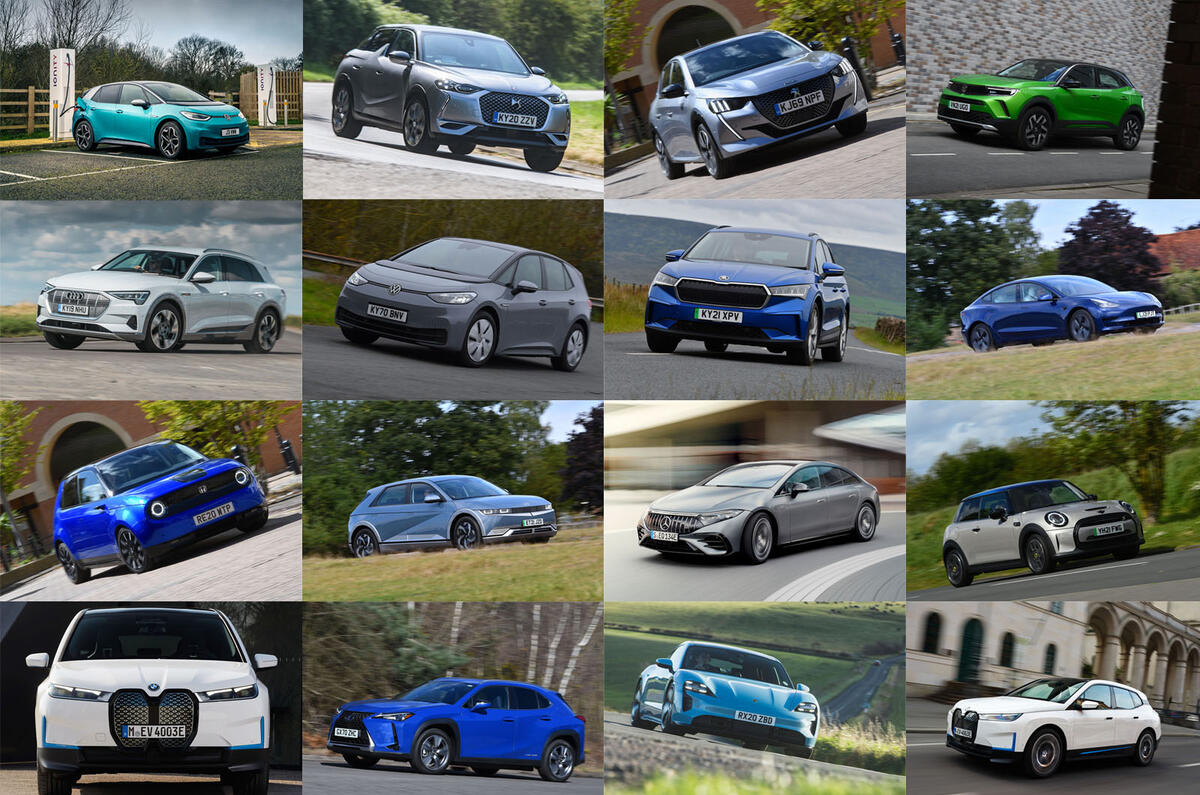





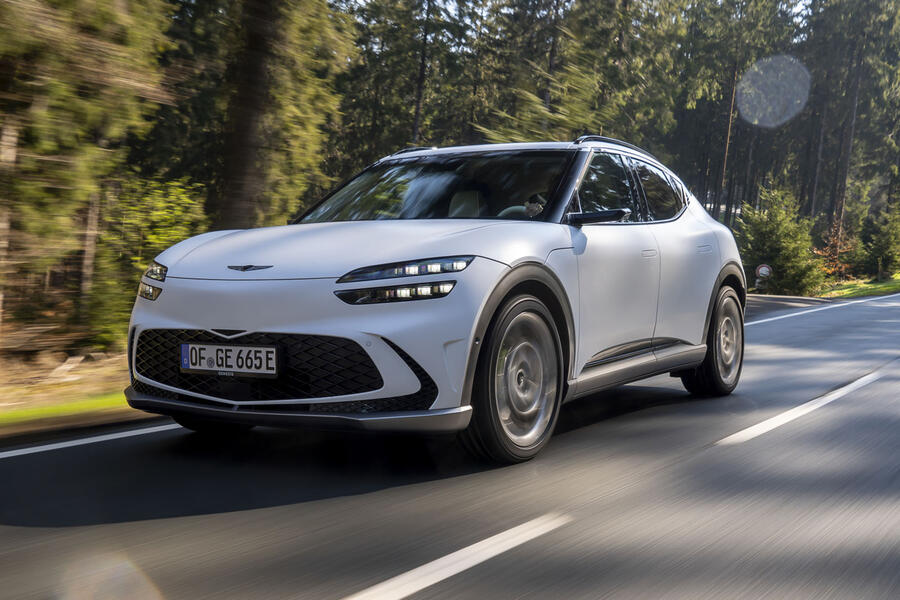




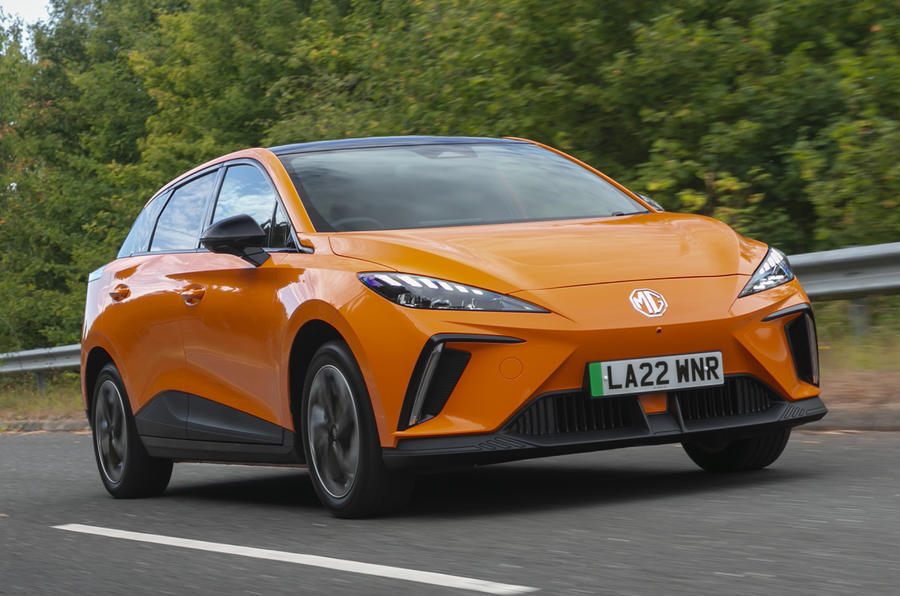




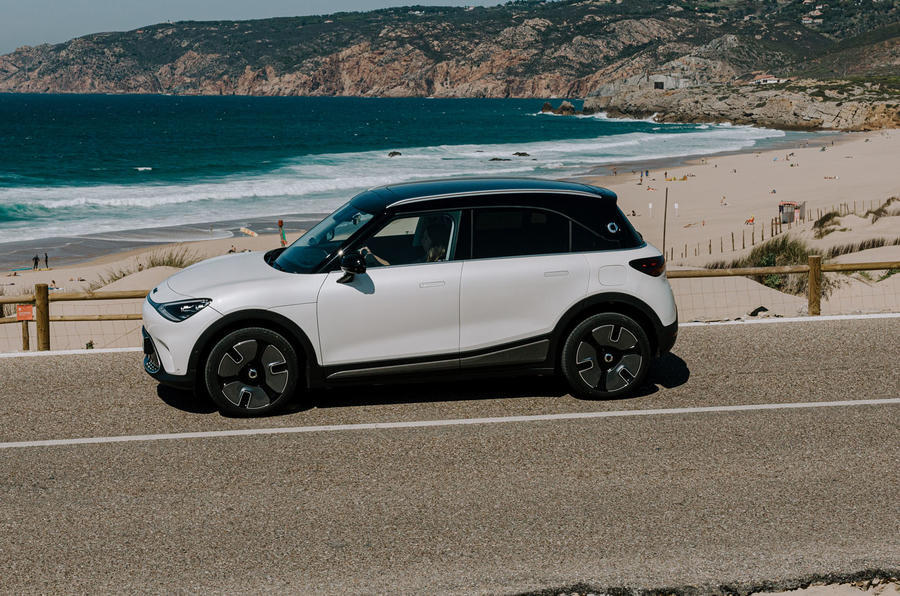
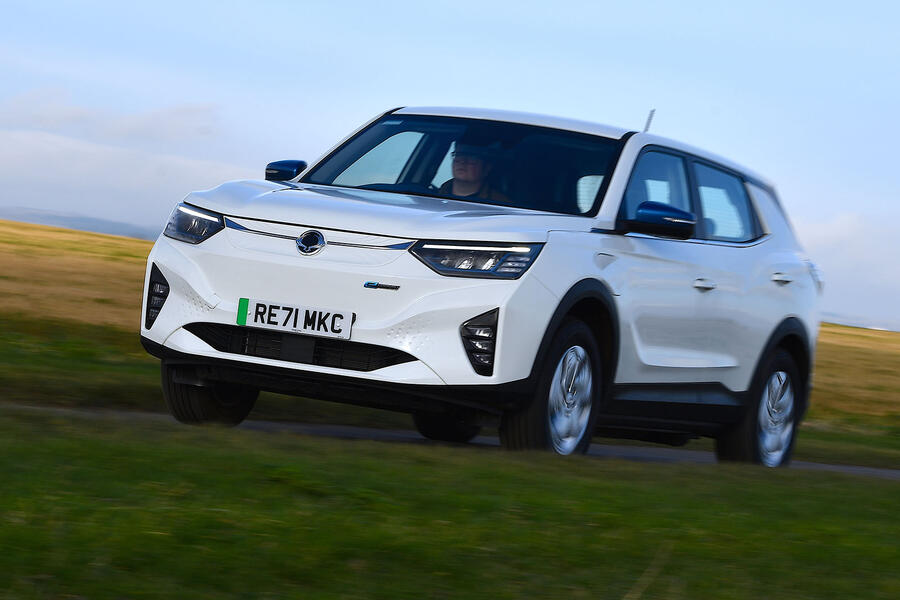

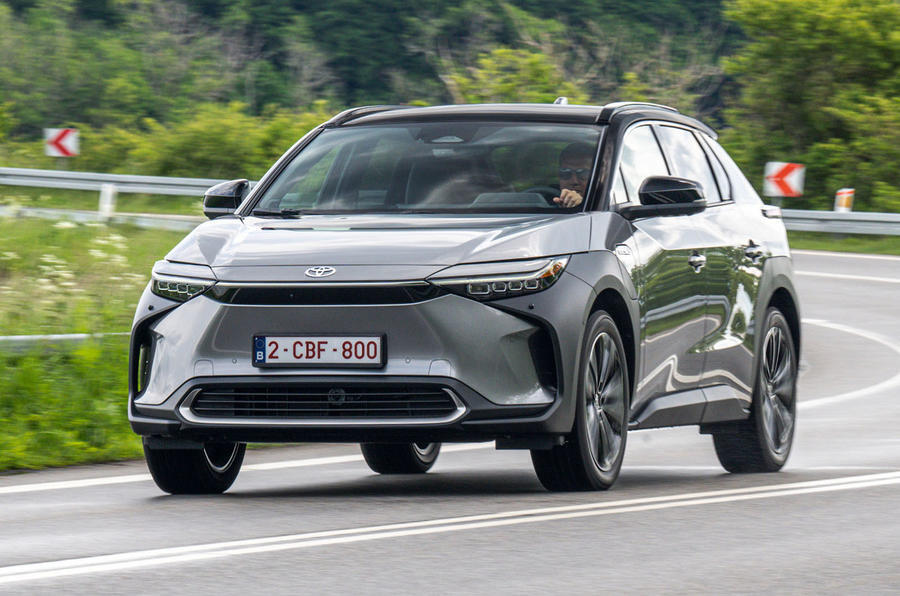




Join the debate
Add your comment
Stick with ICE. It's cheaper in every way.Just heard of a guy with a 9 year old Tesla needing a new battery. The price was £17,000, and yes that is not a misprint. Milk floats are not for real drivers
I wasn't aware you could buy the BMW iX 'today', as the heading says. I've not seen any on the road. Or maybe that's because no-one is buying the hideous looks?